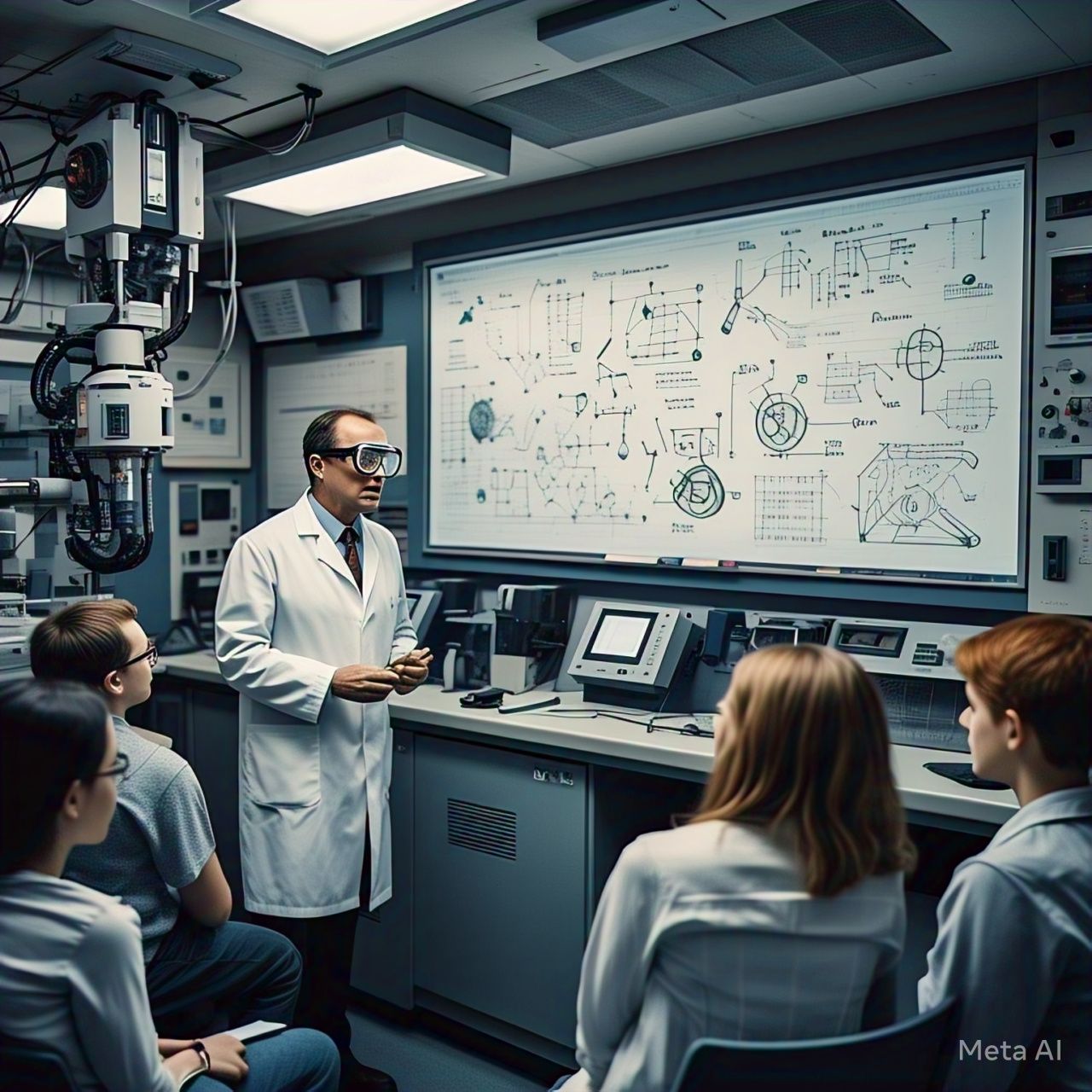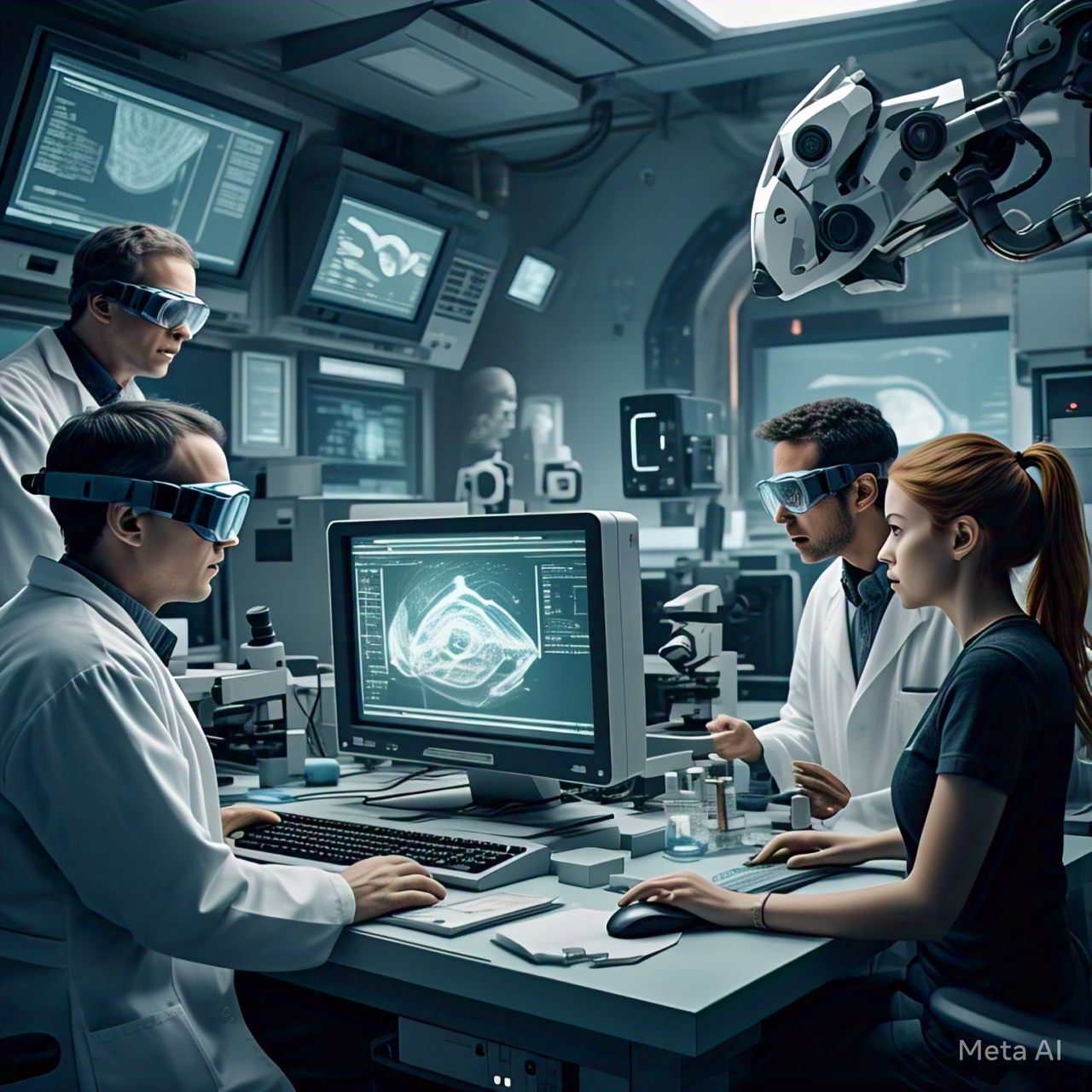Table of Contents
- Introduction
- Understanding Artificial Intelligence
- Key Components of AI
- Machine Learning: The Heart of AI
- Neural Networks and Deep Learning
- Natural Language Processing (NLP)
- Computer Vision and Image Recognition
- AI in Decision-Making
- Challenges and Limitations of AI
- The Future of AI
- Conclusion
- FAQs
Introduction
Artificial Intelligence (AI) has transformed the way we interact with technology, enabling machines to think, learn, and make decisions. From virtual assistants to self-driving cars, AI is powering innovations across industries. But how does AI actually work? In this article, we will explore the science behind smart machines, breaking down AI’s core components and its real-world applications.
Understanding Artificial Intelligence
AI refers to the development of computer systems that can perform tasks typically requiring human intelligence, such as problem-solving, learning, and language understanding. It is built on various subfields, including machine learning, deep learning, and natural language processing.
Types of AI
- Narrow AI (Weak AI): Designed for specific tasks, such as voice assistants (Siri, Alexa) or recommendation algorithms (Netflix, Amazon).
- General AI (Strong AI): Hypothetical AI that can perform any cognitive task like a human, with reasoning and self-awareness.
- Super AI: A theoretical stage where AI surpasses human intelligence, often seen in science fiction.
Key Components of AI
AI systems rely on several core components:
- Algorithms: Step-by-step instructions that guide AI’s decision-making process.
- Data: Large datasets used to train AI models.
- Computing Power: High-performance hardware, including GPUs and TPUs, that process AI algorithms.
- Training and Models: AI systems learn from patterns in data to improve their accuracy over time.
Machine Learning: The Heart of AI
Machine Learning (ML) is a subset of AI that enables machines to learn from data and improve their performance without explicit programming.
Types of Machine Learning
| Type | Description | Example Applications |
|---|---|---|
| Supervised Learning | Models learn from labeled data. | Spam email detection, fraud detection |
| Unsupervised Learning | Models identify patterns in unlabeled data. | Customer segmentation, anomaly detection |
| Reinforcement Learning | AI learns by interacting with an environment and receiving feedback. | Self-driving cars, game-playing AI (AlphaGo) |
Neural Networks and Deep Learning
Neural networks are computational models inspired by the human brain. They are essential for deep learning, a powerful AI technique used for complex problem-solving.
How Neural Networks Work
- Input Layer: Receives raw data (images, text, numbers).
- Hidden Layers: Processes and extracts features using interconnected neurons.
- Output Layer: Produces a result, such as identifying an object in an image.
Deep Learning Applications
- Image recognition (Facial recognition, medical diagnostics)
- Speech recognition (Google Assistant, Siri)
- Autonomous driving (Tesla, Waymo)
Natural Language Processing (NLP)
NLP enables AI to understand, interpret, and generate human language. It powers applications like chatbots, translation services, and voice assistants.
Key NLP Techniques
- Tokenization: Breaking text into words or sentences.
- Sentiment Analysis: Identifying emotions in text.
- Machine Translation: Automatic translation between languages (Google Translate).
- Speech Recognition: Converting spoken language into text (Alexa, Siri).
Computer Vision and Image Recognition
Computer vision allows AI to analyze and interpret visual data from the world. It is widely used in:
- Facial Recognition: Unlocking smartphones, security systems.
- Medical Imaging: Detecting diseases in X-rays and MRIs.
- Autonomous Vehicles: Helping self-driving cars detect pedestrians and road signs.
AI in Decision-Making
AI assists businesses and governments in making data-driven decisions by analyzing large datasets.
AI in Business Decision-Making
- Predictive Analytics: Forecasting market trends.
- Risk Assessment: Identifying potential risks in finance and healthcare.
- Automation: Streamlining business operations with AI-powered tools.
Challenges and Limitations of AI
Despite its advancements, AI faces several challenges:
- Data Bias: AI models can inherit biases from training data.
- High Computational Costs: Training deep learning models requires expensive hardware.
- Lack of Transparency: AI decisions can be difficult to interpret.
- Ethical Concerns: Issues surrounding privacy, surveillance, and job displacement.
The Future of AI
AI is rapidly evolving, and future developments could include:
- Explainable AI (XAI): Making AI decision-making more transparent.
- Quantum AI: Using quantum computing to enhance AI’s capabilities.
- AI in Space Exploration: Assisting astronauts and automating spacecraft operations.
- AI-Augmented Creativity: Helping artists, musicians, and writers generate creative content.
Conclusion
AI is revolutionizing industries and shaping the future of technology. By understanding the science behind smart machines, businesses and individuals can harness AI’s potential while addressing its challenges. As AI continues to evolve, it will unlock new opportunities and redefine how we interact with technology.
FAQs
1. How does AI learn from data?
AI learns from data through machine learning algorithms that analyze patterns and adjust models to improve accuracy over time.
2. What is the difference between AI and Machine Learning?
AI is a broad concept that includes any technology that mimics human intelligence, while machine learning is a subset of AI focused on self-improving algorithms.
3. Can AI think like a human?
Current AI systems do not have consciousness or self-awareness; they process data and execute tasks based on pre-defined models.
4. Is AI safe to use?
AI can be safe when designed with ethical considerations, data security, and transparency in mind. However, misuse can lead to ethical and privacy concerns.
5. What is the future of AI?
AI will continue to advance in automation, decision-making, and personalization, potentially leading to innovations in various industries such as healthcare, finance, and space exploration.
References
- Russell, S., & Norvig, P. (2021). Artificial Intelligence: A Modern Approach. Pearson.
- Goodfellow, I., Bengio, Y., & Courville, A. (2016). Deep Learning. MIT Press.
- McKinsey & Company. “AI Trends and Future Predictions.” [Online].




